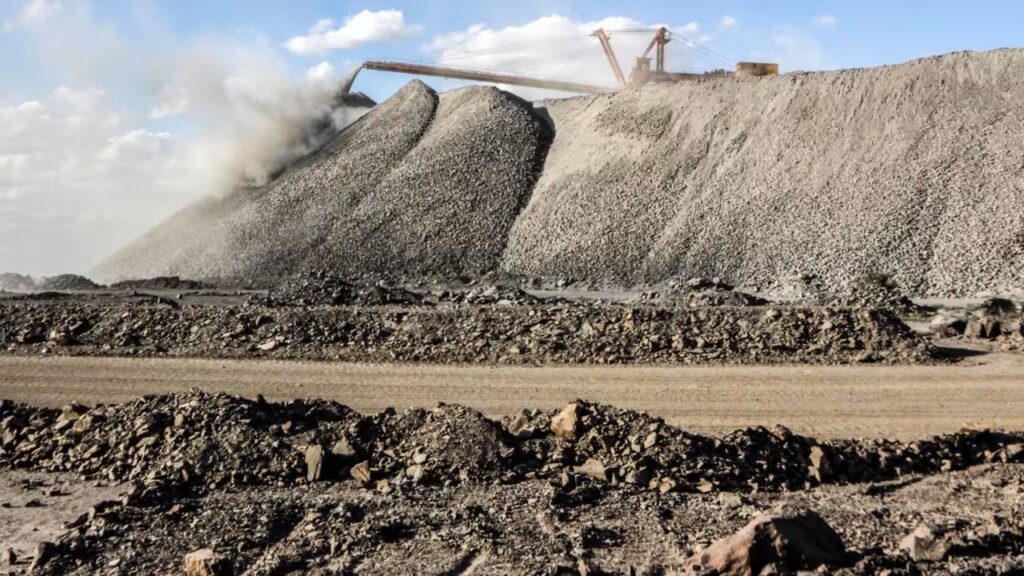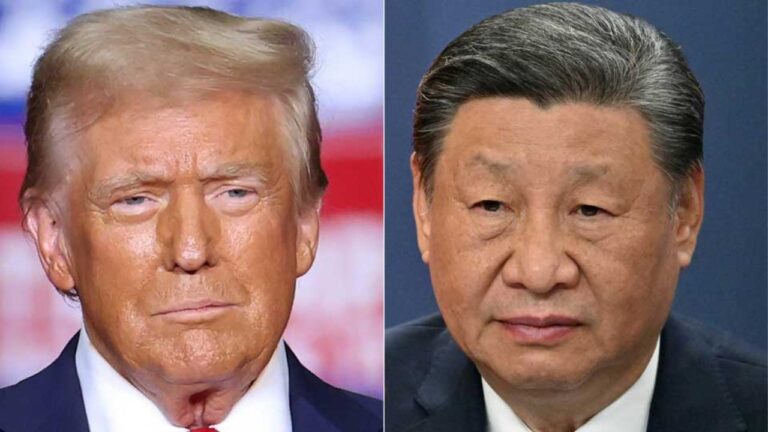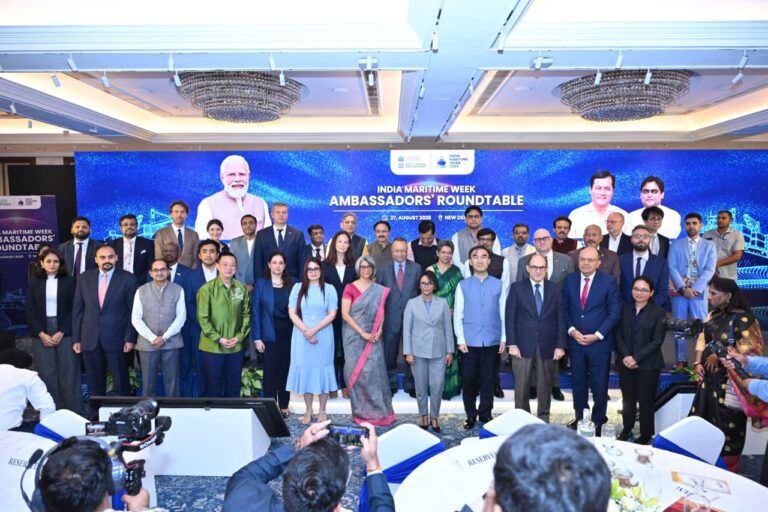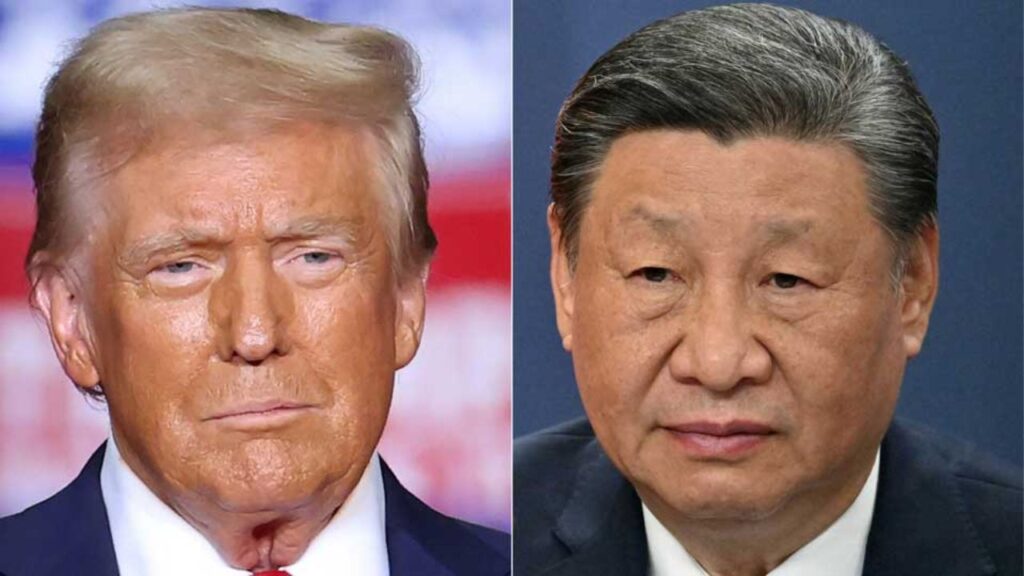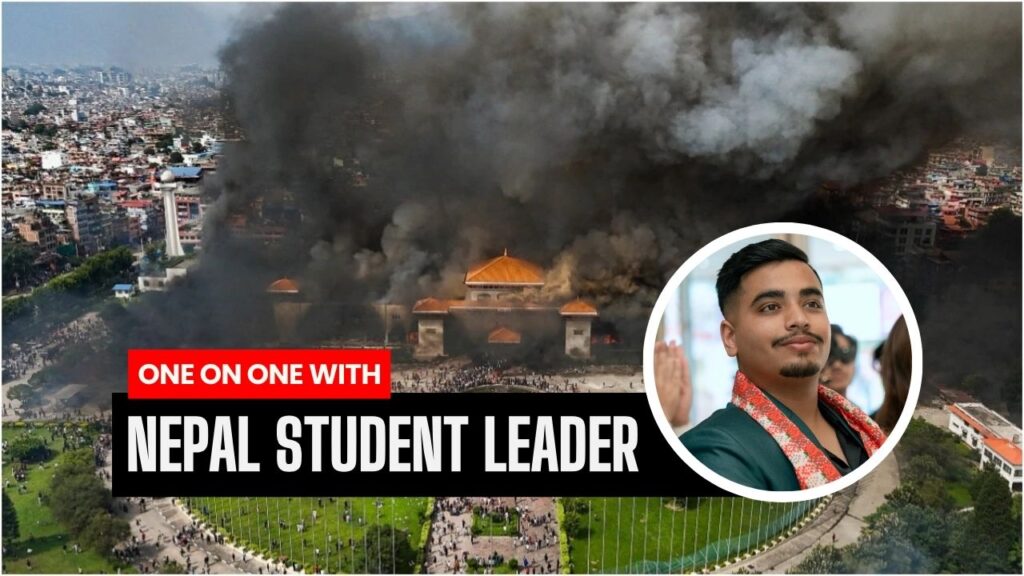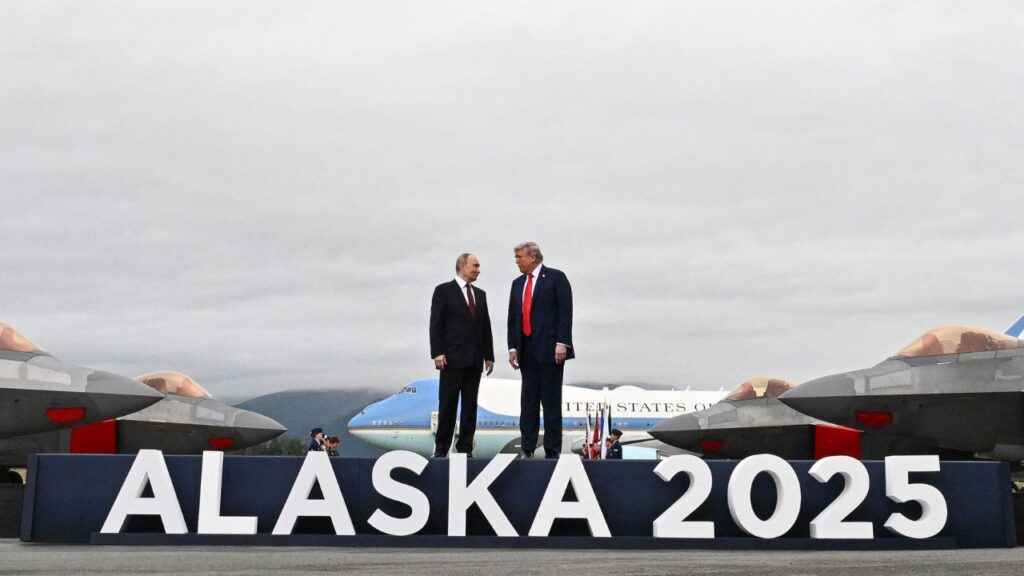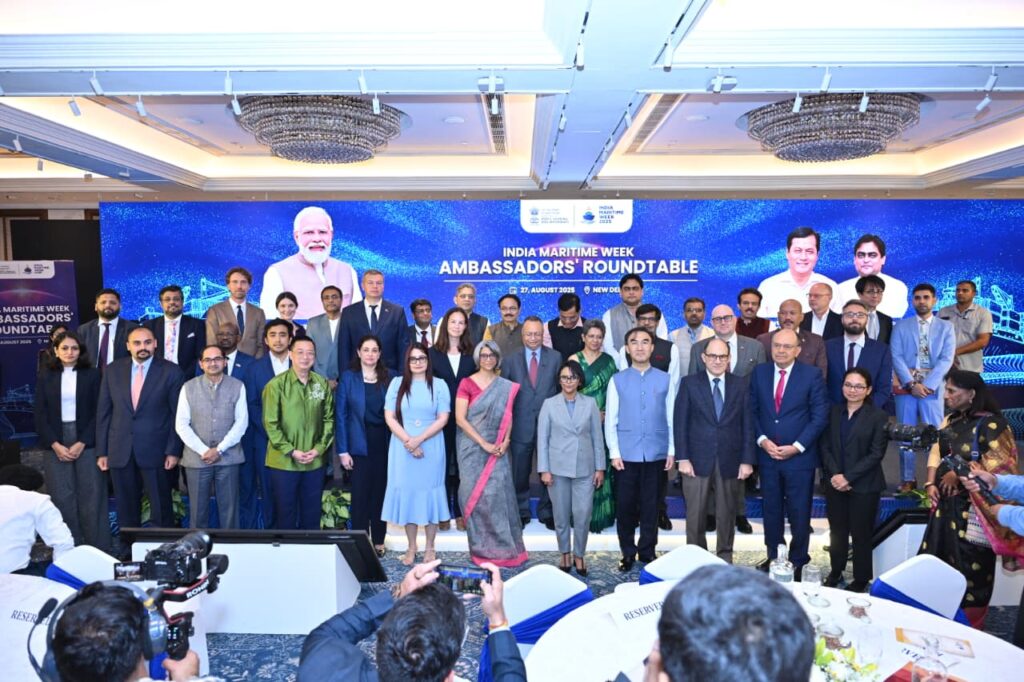A historic strategic partnership between Austria and Mongolia was sealed on May 27 in Ulaanbaatar, marking a transformative moment for India’s ambitions in the electric vehicle (EV) and renewable energy sectors. Comprising nine meticulously crafted agreements, this deal is poised to reduce Mongolia’s dependence on its dominant neighbors, China and Russia, while opening a critical pathway for India to access Mongolia’s vast lithium reserves, estimated to constitute 20 percent of the global supply, making it the world’s fourth-largest reserve.
As China tightens its grip on rare-earth exports, India is leveraging Austria’s advanced mining technologies and a €40 million green infrastructure fund to secure a foothold in Mongolia’s mineral wealth, a move that could redefine its supply chain for EV batteries and bolster its green energy goals.
India’s reliance on China for 92 percent of its lithium imports, with Australia and other sources contributing just 5 percent and 3 percent, respectively, has long been a strategic vulnerability, according to this year’s Critical Minerals Mission report by NITI Aayog. This dependency has become increasingly precarious as Beijing ramps up restrictions on rare-earth exports, a move widely interpreted as a geopolitical power play to assert dominance over global supply chains.
The Austria-Mongolia partnership offers India a timely opportunity to diversify its sources, with projections suggesting that by 2030, Mongolia could supply 15 percent of India’s EV battery needs. This is a significant leap for a nation aiming to transition its transportation sector to electric vehicles, with ambitious targets to achieve 30 percent EV penetration in passenger vehicles by the end of the decade.
One of the cornerstone agreements of the partnership focuses on rare-earth processing, enabling Indian companies like KABIL (Khanij Bidesh India Ltd.) to collaborate with Austrian firms renowned for their expertise in sustainable mining technologies. These technologies are critical for extracting and processing lithium in an environmentally responsible manner, addressing global concerns about the ecological impact of mining.
By establishing battery manufacturing plants in Mongolia, Indian firms can bypass the logistical and geopolitical challenges of sourcing lithium from China. This move not only strengthens India’s domestic EV industry but also positions it as a potential exporter of battery technology in the future, aligning with the government’s ‘Make in India’ initiative.
The €40 million green fund, another pivotal component of the deal, is set to finance solar and wind energy projects in Mongolia’s vast, resource-rich landscapes. Indian energy experts see immense potential in adapting these technologies to India’s challenging terrains, particularly in high-altitude regions like Ladakh, where solar and wind projects have faced logistical hurdles.
The fund will support the development of cutting-edge renewable energy models, including advanced solar panels and wind turbines designed to withstand extreme climates. For India, this collaboration offers a dual benefit: access to Mongolia’s lithium and the opportunity to enhance its renewable energy infrastructure, a critical pillar of its commitment to achieving net-zero emissions by 2070.
Diplomatic visa waivers, a practical outcome of Prime Minister Narendra Modi’s 2024 visit to Mongolia, form another key pillar of the partnership. These waivers will streamline Indian participation in Mongolia’s mining auctions, which have historically been dominated by Chinese and Russian firms. By reducing bureaucratic barriers, India can move swiftly to secure mining contracts, ensuring a steady supply of lithium and other critical minerals like cobalt and nickel, which are essential for EV batteries. This diplomatic breakthrough builds on the momentum of Modi’s visit, which reinvigorated India-Mongolia ties and emphasized their shared cultural heritage, particularly through Buddhism.
Speaking of cultural ties, the partnership includes an agreement for joint research on Buddhist heritage, with India’s prestigious Nalanda University collaborating with Austrian and Mongolian institutions. This initiative will explore archaeological sites and historical texts, fostering goodwill and strengthening people-to-people connections.
While seemingly peripheral to the lithium focus, this cultural collaboration underscores India’s multifaceted approach to diplomacy, blending economic and strategic objectives with soft power. The shared reverence for Buddhist heritage creates a foundation of trust, facilitating smoother negotiations on high-stakes economic issues like mining rights.
The timing of this partnership could not be more critical. China’s recent restrictions on rare-earth exports have sent shockwaves through global markets, particularly affecting Europe and Asia, where industries rely heavily on these materials for high-tech applications. Dr. Sreeram Sundar, a senior analyst at the Observer Research Foundation, told The Chronicle, “China just weaponized rare earths against Europe. Now, Austria’s mining tech lets Mongolia and India turn the tables. This isn’t trade; it’s supply-chain warfare.” His assessment highlights the geopolitical stakes at play, as nations scramble to secure alternative sources of critical minerals in a world increasingly defined by resource competition.
India’s strategic pivot toward Mongolia is part of a broader effort to build resilience in its supply chains. The country’s Critical Minerals Mission, launched in 2024, emphasizes the need for diversified sourcing to support its EV and renewable energy ambitions. Mongolia’s lithium reserves, combined with Austria’s technological expertise, offer a viable path to achieving this goal. Moreover, the partnership aligns with India’s foreign policy priorities, including its “Act East” strategy, which seeks to deepen ties with Asian nations beyond its immediate neighbors. Mongolia, with its strategic location and abundant resources, is emerging as a key partner in this vision.
The environmental implications of the partnership are also noteworthy. Mongolia’s lithium deposits, while abundant, are located in ecologically sensitive regions. Austrian technologies, known for their emphasis on sustainability, will help minimize the environmental footprint of mining operations. For India, this is a critical consideration, as public and regulatory scrutiny of mining practices grows. By adopting these technologies, Indian firms can demonstrate their commitment to responsible resource extraction, potentially setting a standard for the global mining industry.
Economically, the partnership could have far-reaching impacts. The establishment of battery plants in Mongolia could create jobs and spur economic growth in the region, while also providing India with a cost-effective source of lithium. The projected 15 percent contribution to India’s EV battery needs by 2030 could translate into billions of dollars in savings on import costs, freeing up resources for further investment in green infrastructure. Additionally, the renewable energy projects funded by the €40 million green fund could serve as a model for other developing nations, showcasing the potential for sustainable development in resource-rich but economically challenged regions.
As India accelerates its engagement with Mongolia, challenges remain. The logistical complexities of operating in a landlocked country like Mongolia, coupled with competition from other global players, will test India’s ability to execute its vision. However, the Austria-Mongolia partnership provides a robust foundation for overcoming these hurdles.
By leveraging Austrian technology and expertise, India can navigate the geopolitical and technical challenges of securing Mongolia’s lithium, positioning itself as a leader in the global EV and renewable energy markets. New Delhi is charting a path toward a greener, more resilient future, powered by the lithium riches of the Mongolian steppes.

